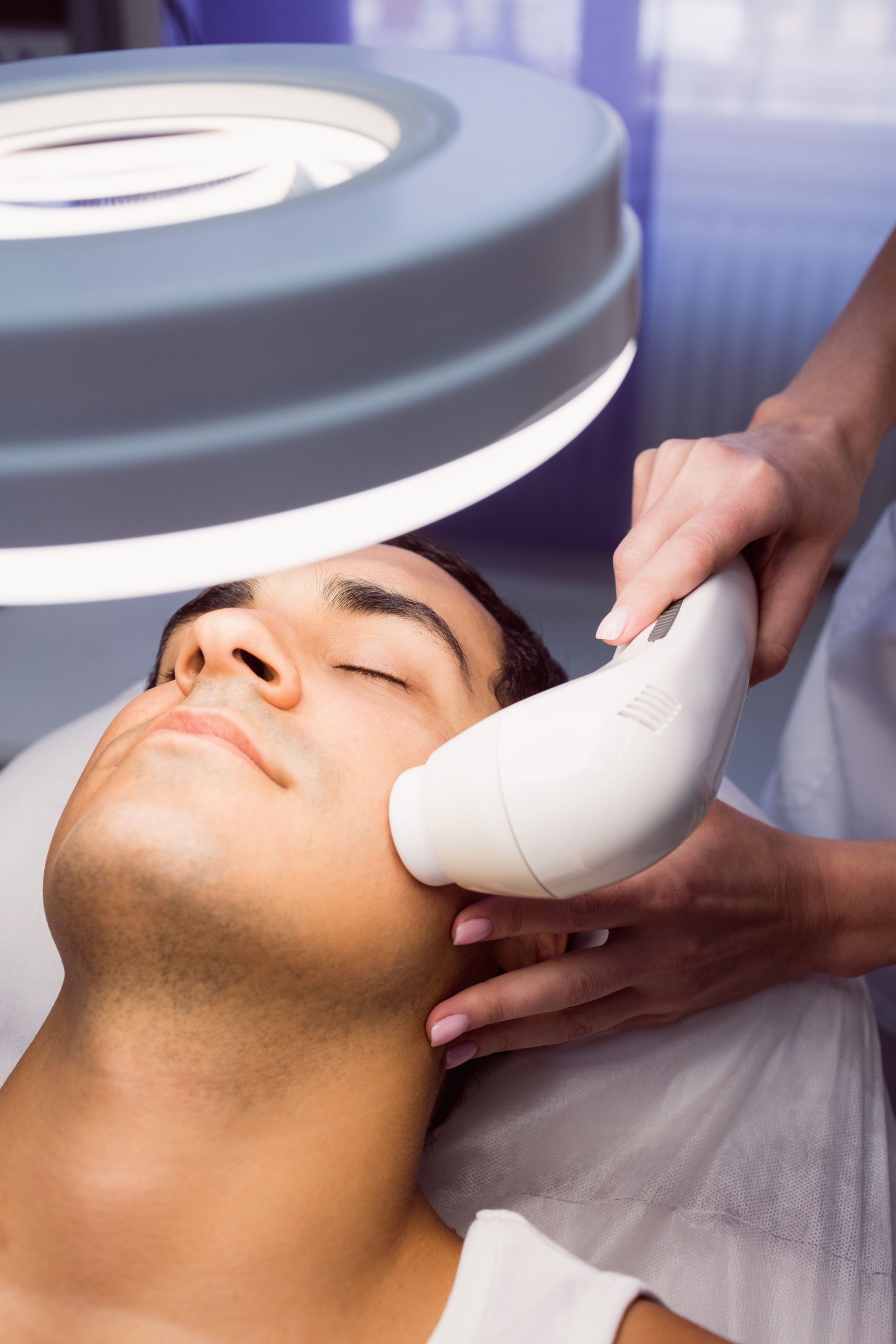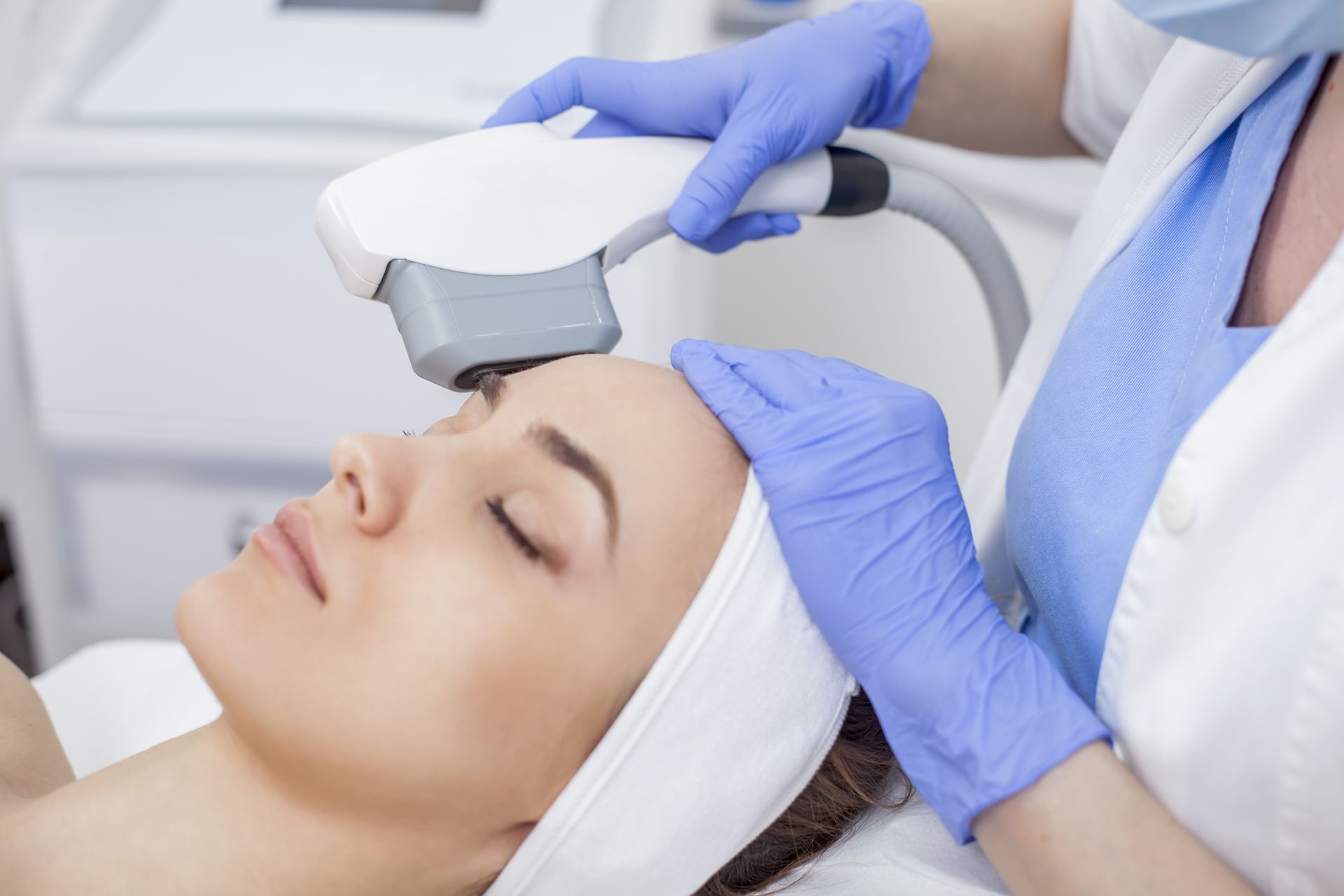Vascular Lesions
Transform your appearance with our top-notch vascular lesion treatments in Oceanside. Experience effective relief for spider veins, rosacea, and cherry angiomas. Schedule your appointment today.
Gentle and Efficient IPL for Cherry Angiomas
Discover how Intense Pulsed Light ( IPL
) therapy can treat vascular lesions, including spider veins, rosacea, and cherry angiomas. By targeting blood vessels, IPL ensures minimal damage to surrounding skin. Sessions are quick, effective, and require little downtime.
If you have noticeable vascular blemishes on your skin, you might be a great candidate for this treatment. Experience clearer skin with our specialized IPL therapy. Book your appointment today
and regain your skin’s confidence.
Frequently Asked Questions
Explore common questions about vascular lesions treatment. For any unanswered queries, feel free to contact us directly to ensure you have all the information you need.
Hear What Our Clients Love About Us
See how our services have helped others feel more confident and rejuvenated. Explore our client testimonials to discover their experiences and transformations.



